Filter by Type
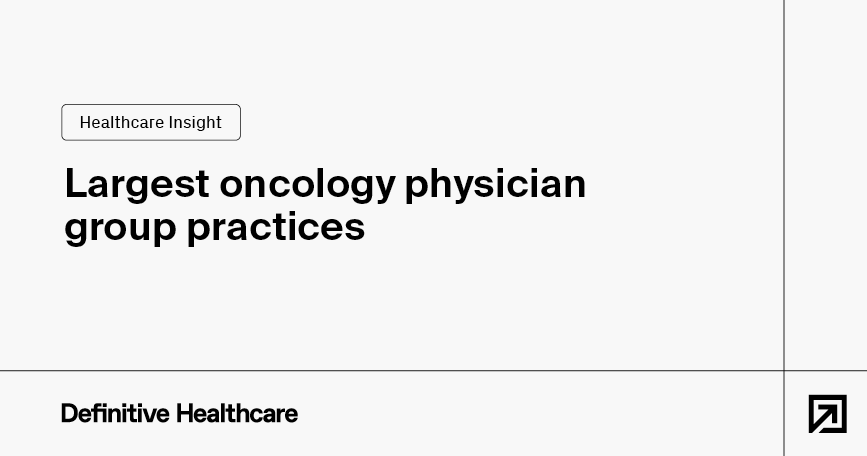
Largest oncology physician group practices
Explore the largest oncology physician group practices in the U.S. ranked by size, locations, and network reach across cancer care services.
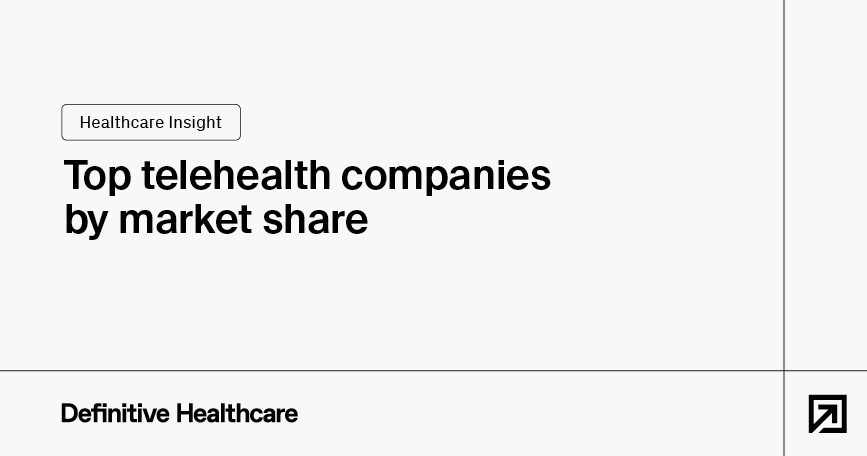
Top telehealth companies by market share
Discover the top telehealth companies ranked by U.S. market share and understand who leads virtual care platforms and services.
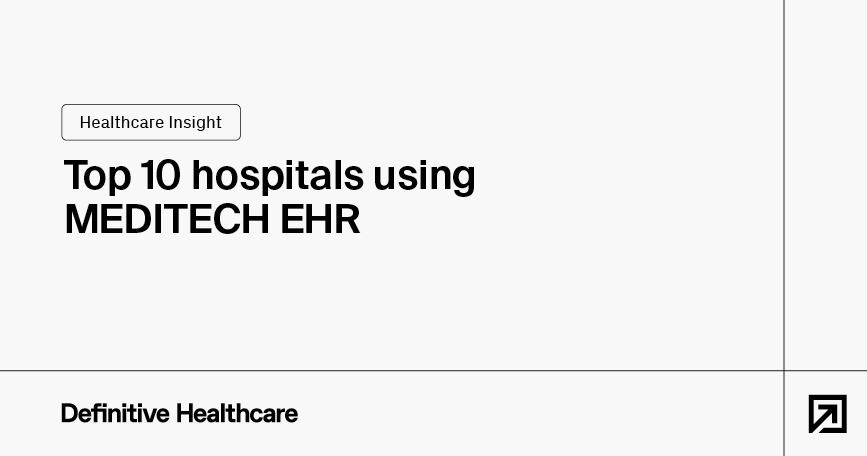
Top 10 hospitals using MEDITECH EHR
Explore our comprehensive list of the top 10 hospitals using MEDITECH EHR. Learn how these institutions improve patient outcomes and operational efficiency.
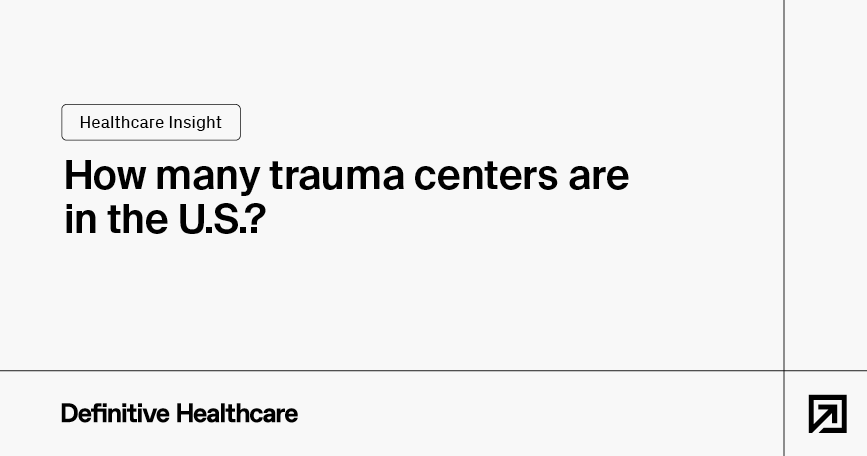
How many trauma centers are in the U.S.?
Explore how many trauma centers are in the U.S, including the number of trauma centers by level for your healthcare commercialization strategy.
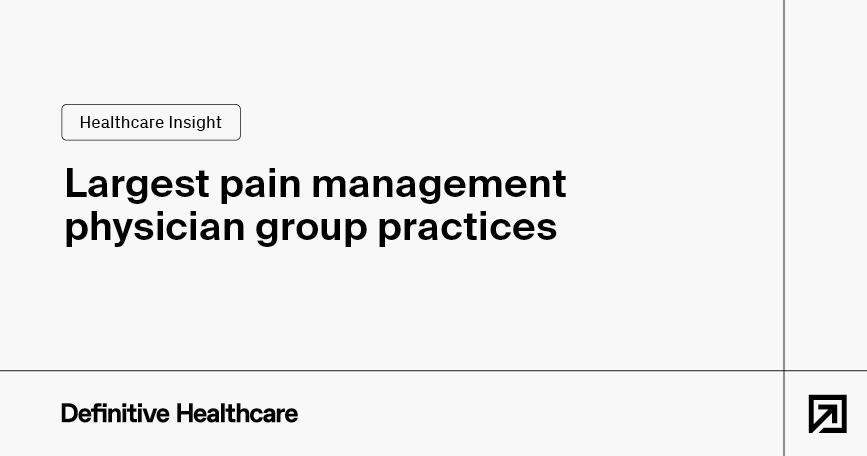
Largest pain management physician group practices
Explore the largest U.S. pain‑management physician groups by size and get key insights for vendors, payers & industry analysts.
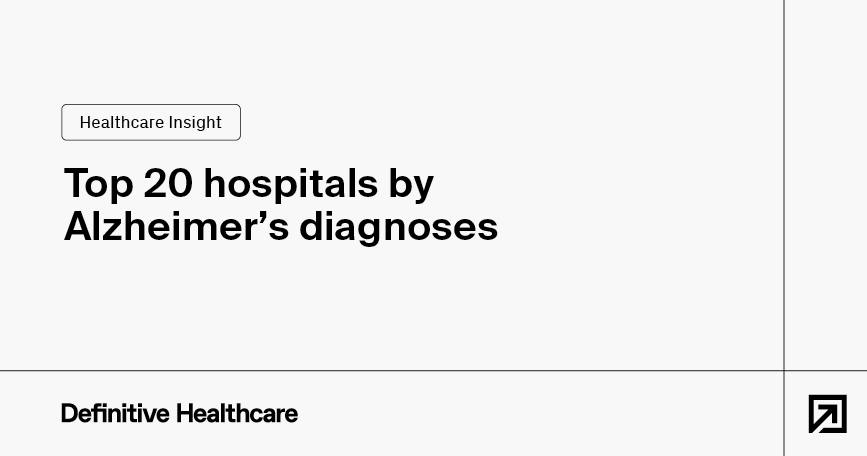
Top 20 hospitals by Alzheimer's diagnoses
Explore the top 20 U.S. hospitals with the highest volume of Alzheimer’s disease diagnoses, based on claims and clinical data by patient count.
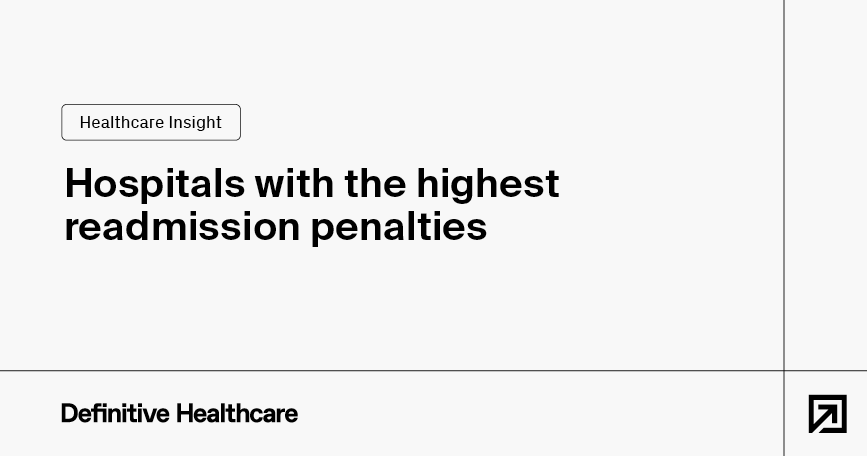
Hospitals with the highest readmission penalties
Discover U.S. hospitals receiving the largest readmission penalties under the Hospital Readmissions Reduction Program and what drives them.
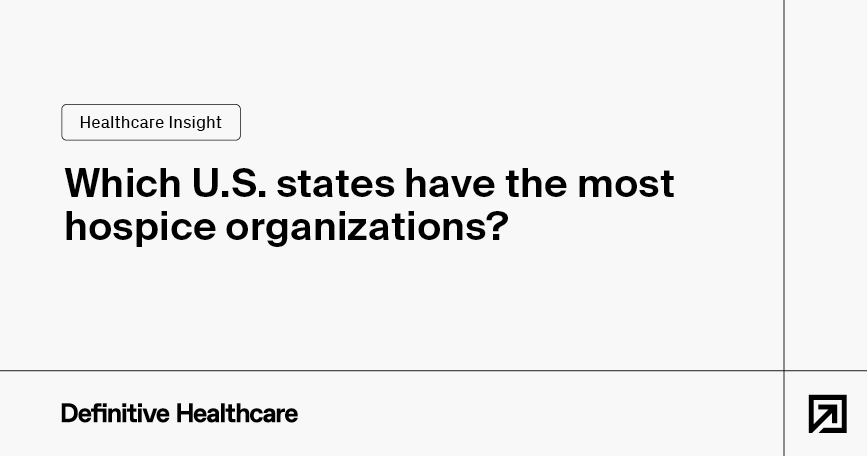
Which U.S. states have the most hospice organizations?
Discover the U.S. states with the highest concentration of hospice organizations. Learn about the factors influencing hospice distribution and how this data can inform your commercialization strategy.